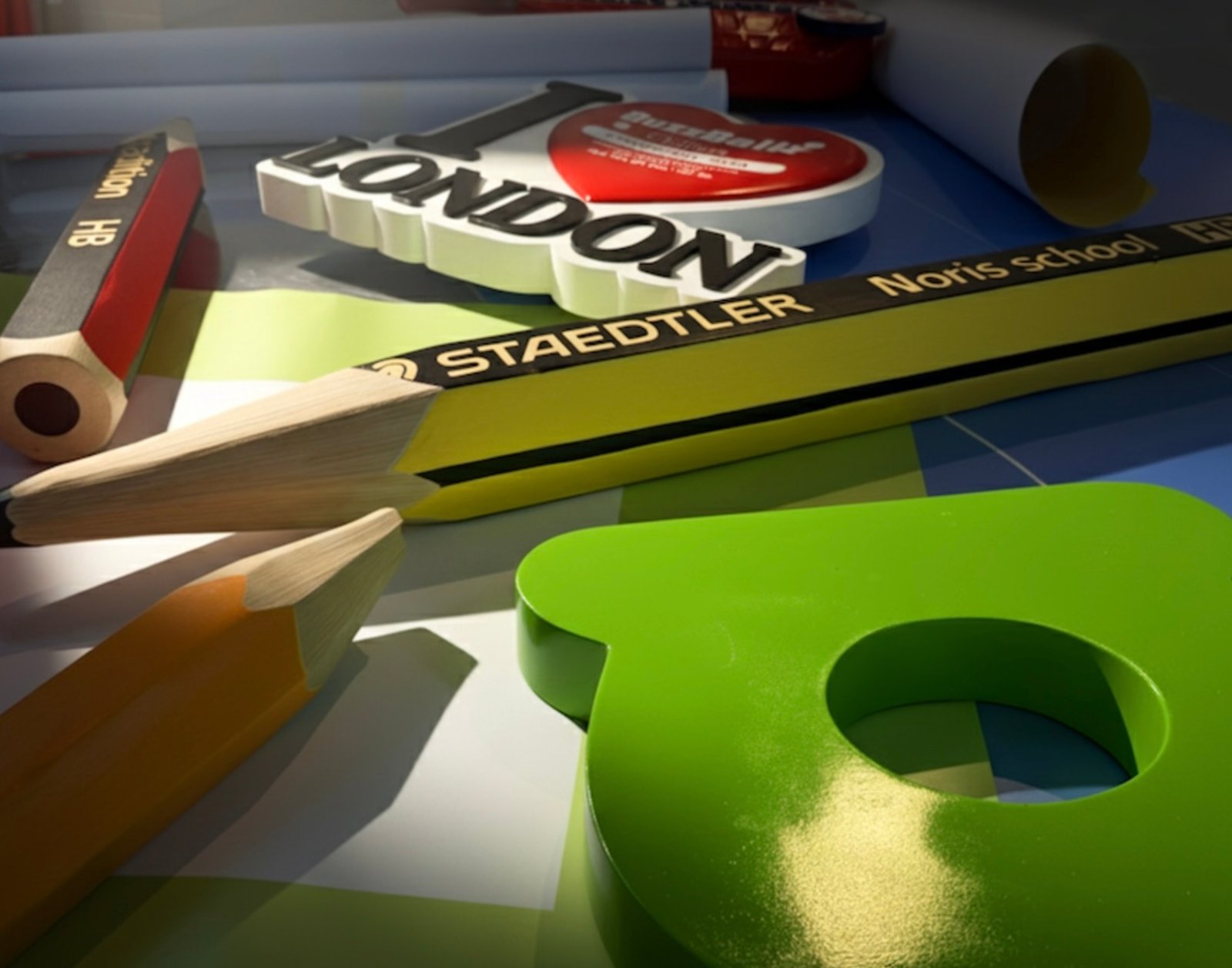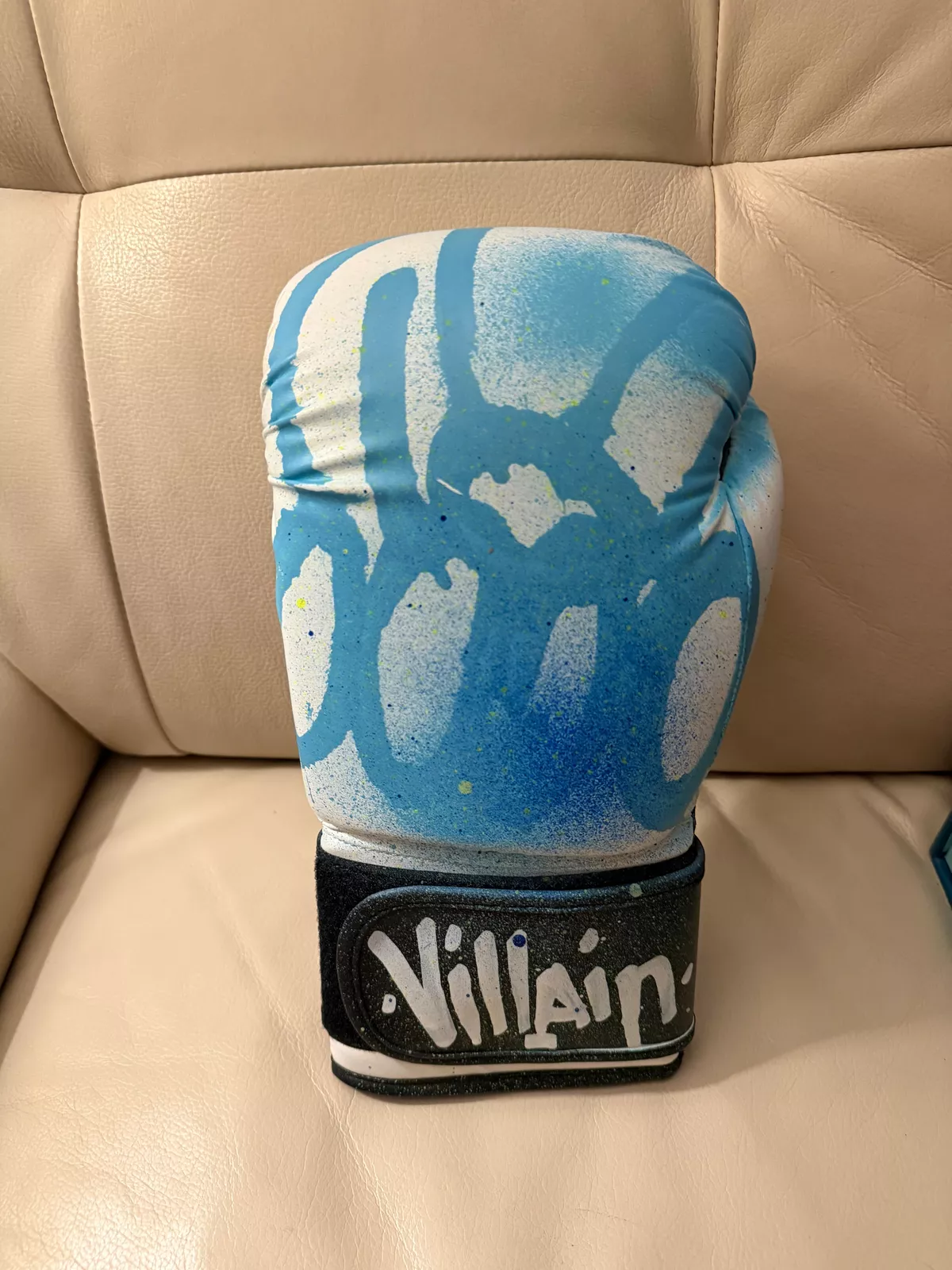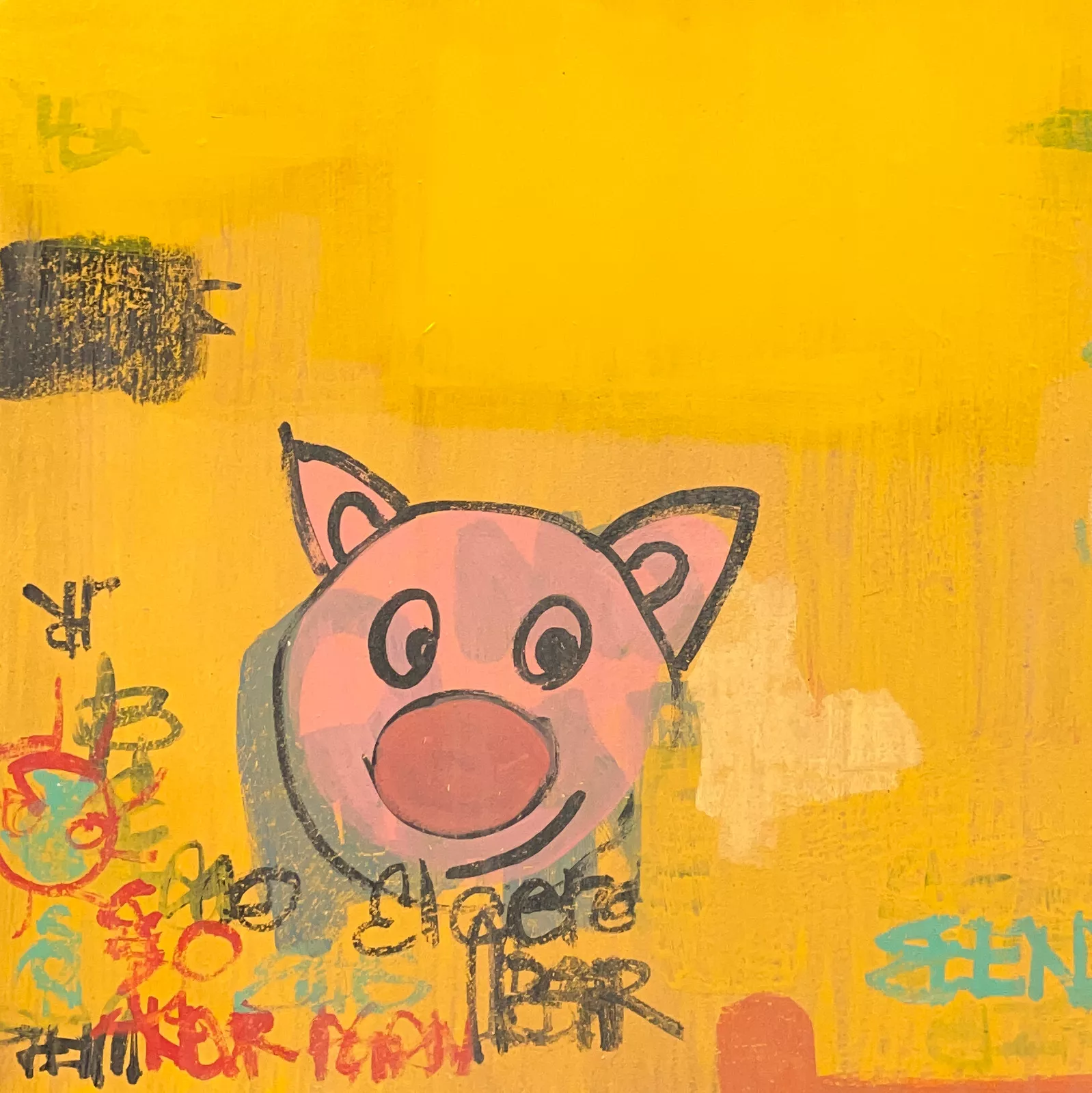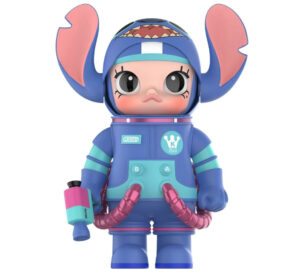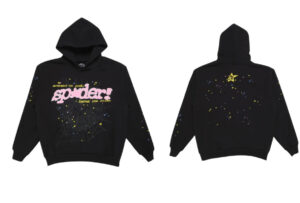When Nathan Bell announced his latest solo show would be titled Conversations with Inanimate Objects, I paused. It was not the expected move from someone I had long known as a designer, someone whose previous work was anchored in the kinetic language of apparel, typography, and street-smart messaging. But Bell, ever the shapeshifter, has stepped into new terrain with this exhibition of what he calls “guidance paintings.”
Hosted at These Days, a gallery nestled in the historic core of downtown Los Angeles—equal parts punk archive and contemplative retreat—the show offered not only a visual departure, but an emotional one. Standing inside the space, surrounded by paintings that whisper instead of shout, I had the rare experience of encountering the “other side” of a familiar mind. A side less prone to declarations and more attuned to quiet urgencies.
Paintings That Ask, Not Tell
Bell’s “guidance paintings” eschew large gestures. Instead, they orbit around meditative minimalism, composed of layered textures, symbolic shapes, and handwritten texts that feel more like footnotes than headlines. Some canvases feature asymmetrical grids or faint graphite markings, evoking blueprints for internal architecture. Others use washed-out pastels, like memories receding gently but persistently.
The phrase “guidance painting” suggests instruction—but these works don’t preach. They murmur. “I wanted to make paintings that don’t perform,” Bell told me, standing near a work that bore only the words “you already know.” “They’re more like reminders than messages.”
This subtlety doesn’t make the pieces feel evasive. On the contrary, they have the uncanny ability to draw the viewer in precisely because they don’t demand attention. You give it freely. The paintings become mirrors—reflecting not a fixed image, but whatever interior dialogue you’re ready to entertain.
A Designer Turned Listener
Bell is perhaps best known for his work in the world of apparel and graphic design—particularly for his role in projects that combined political directness with poetic typography. But here, he is not speaking to the world. He is speaking with it. Or more accurately, listening.
What does it mean to converse with an inanimate object? To begin with, it requires acknowledging that objects are not inert. A painting, a chair, a wall, a brushstroke—they all carry energy, residue, and memory. Bell’s shift from designer to painter is less about changing mediums and more about adjusting posture. From projecting meaning onto a canvas to excavating it from within.
There’s an intimacy to these works that feels earned. They are the product of someone who has been both shouting into the world and now learning to hear what it whispers back.
These Days: A Fitting Container
These Days gallery has always felt like a time capsule—one foot in punk nostalgia, another in spiritual inquiry. That duality makes it the perfect space for Bell’s work. The show sits adjacent to vitrines filled with early LA zines, outsider photography, and Chicano punk flyers. It’s a place where cultural noise and contemplative silence co-exist.
This context matters. Bell’s show isn’t an escape from the sociopolitical realm but a reconfiguration of how one engages with it. Amid the chaos of modern media, where every thought must be declarative and branded, Conversations with Inanimate Objects offers a counterpoint: that contemplation is also resistance.
Language as Material
Text appears across many of the works, often handwritten in barely-there graphite or scrawled in oil stick like a secret. Some are fragmentary—“hold still,” “take less,” “listen more”—while others read like koans: “Nothing has changed, but everything is different.”
Bell isn’t using language as label but as material. It sits atop the paint like breath on glass—visible, but ephemeral. His earlier work trafficked in strong typefaces and slogans. This, however, is typography dissolved into mood. It’s no longer about telling you what something means; it’s about helping you remember what you already knew.
There’s a certain literary lineage here. His use of phrase as atmosphere recalls artists like Jenny Holzer or Barbara Kruger, but with none of the didactic edge. Instead, his tone is more akin to poets like Mary Oliver or David Whyte—observational, reverent, and sometimes aching.
The Ghost in the Object
The paintings themselves are modest in size—most no larger than a torso—but they carry an emotional gravity that belies their scale. Some incorporate collaged ephemera, found paper, or fabric scraps. One piece includes a torn envelope sealed shut with wax, another a faint sketch of a hand no longer visible under layers of chalky gesso.
To converse with inanimate objects, one must slow down. Bell’s work demands such deceleration. It offers a return to slowness in a culture that moves too quickly to register interior truth.
And yet, these are not “quiet” paintings in the trite sense. They are rigorous. They demand presence. They invite discomfort. They raise a question, then leave you alone in a room long enough to answer it.
After the Show
By the time I met Bell at the gallery, the show was nearing its close. We walked through the space together without speaking much, letting the paintings do their work. “They’re more like companions than works,” he said. “Each one feels like it’s trying to hold space for something I didn’t know I needed.”
In a time when art is often reduced to spectacle or investment, Conversations with Inanimate Objects reminds us that painting can still be personal. Still sacred. Still stubbornly human.
Impression
Nathan Bell’s Conversations with Inanimate Objects is not a pivot, but a progression—a movement from outer world to inner landscape. From proclamation to inquiry. From noise to attention. If his guidance paintings offer anything definitive, it is this: that meaning, like conversation, only emerges when we learn to stop talking.
No comments yet.



